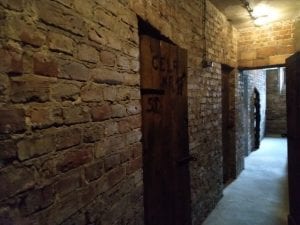 W rozmowie z Katarzyną Gójską, prezes Instytutu Pamięci Narodowej Jarosław Szarek poinformował o kulisach powstawania Izby Pamięci, która poświęcona będzie ofiarom zbrodni komunistycznych. Placówka znajdować się będzie w dawnej katowni NKWD i UB na Pradze w Warszawie. „O tym miejscu wiele się mówiło, teraz to miejsce przemówi samo” – tłumaczy Szarek.
W rozmowie z Katarzyną Gójską, prezes Instytutu Pamięci Narodowej Jarosław Szarek poinformował o kulisach powstawania Izby Pamięci, która poświęcona będzie ofiarom zbrodni komunistycznych. Placówka znajdować się będzie w dawnej katowni NKWD i UB na Pradze w Warszawie. „O tym miejscu wiele się mówiło, teraz to miejsce przemówi samo” – tłumaczy Szarek.
W piwnicach zachowały się setki inskrypcji, imiona, nazwiska, daty. Przez to miejsce przeszło kilka tysięcy osób . To bardzo bogata mapa, jak wyglądało życie polityczne, opór, w końcu okupacji niemieckiej, w pierwszych miesiącach, latach sowieckiego zniewolenia – tłumaczy prezes IPN.
Jarosław Szarek ujawnia, że jeden z najbardziej wstrząsających napisów, wyrytych w cegle, głosi: „śmierć naszym wybawieniem”.
Trudno sobie wyobrazić, co z tymi ludźmi tam robiono . Pamięć o tym pokoleniu, zmaganiach powstańczych, z którego wyrosła niepodległa Polska jest czymś fundamentalnym – mówi prezes Instytutu Pamięci Narodowej
The memorial chamber will be open to visitors on 1 March 2020 (from 11.00 a.m. to 4.00 p.m.), from 2 March 2020 (Monday to Friday) from 10.00 a.m. to 6.00 p.m.
The tenement house at the corner of Strzelecka Street and Środkowa Street was built in the years 1936-1937. It was owned by Zygmunt Jórski. It had a very solid construction with reinforced concrete ceilings and extensive basements, especially those overlooking Strzelecka Street. Originally, three floors and three entrance gates to the courtyard were built. At the outbreak of World War II the building was still under construction. During German occupation, it was inhabited by squatters, who used individual flats until Red Army troops entered Warsaw.
The tenement house in Strzelecka Street was affected neither during the Warsaw Uprising, nor during the fighting for the Praga district in September 1944.
At the turn of 1944 and 1945, it ceased to be an ordinary residential building, being taken over by the Soviet special services. In the winter of 1945, it was used as one of the quarters by General Ivan Serov – Deputy People’s Commissar of the NKVD, and from January 1945 the representative of the NKVD with the 1st Belorussian Front.
Formally, from 20 February 1945, the building became the seat of the Provincial Office of Public Security in Warsaw. The flats on the first, second and third floor overlooking Strzelecka Street were converted into interrogation rooms. Twenty-five basements previously used as pantries were converted into a detention centre. Two closets under the stairs (without ventilation, lights or windows) were changed to solitary confinement cells. Due to very large number of detainees, the flats on the ground floor were also used as prison cells.
In the years 1945–1948 many thousands of those arrested – mainly from the circles of the Polish independence underground – were imprisoned there. An unknown number lost their lives as a result of torture by NKVD and Public Security officers. The previously quiet yard resounded with the cries of the tortured.
In October 1948, at the request of the Ministry of Public Security, the Warsaw Metropolitan Council deprived Z. Jórski of the ownership of the tenement house at 8 Strzelecka Street. It became an ordinary residential building again, but this time for the officers of the communist security apparatus.


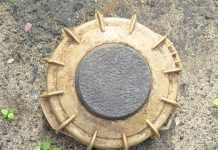

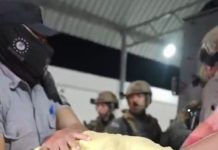
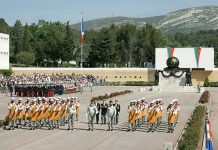


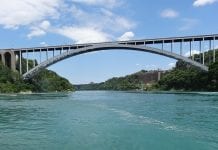


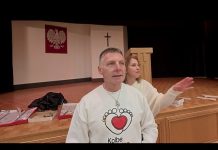
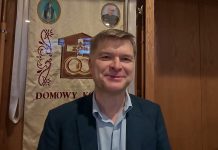
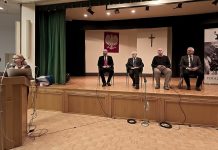

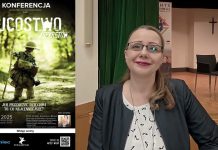

















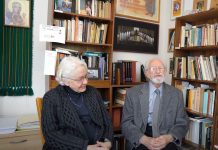

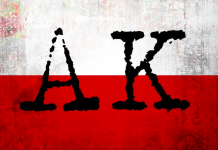


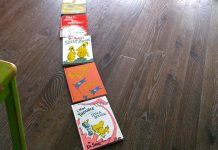

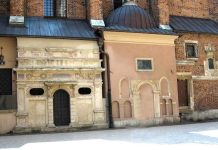
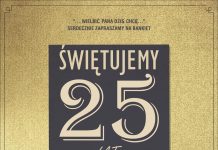

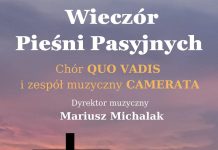







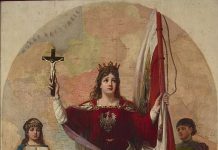


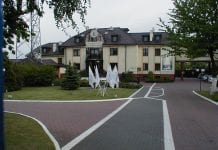
.gif)
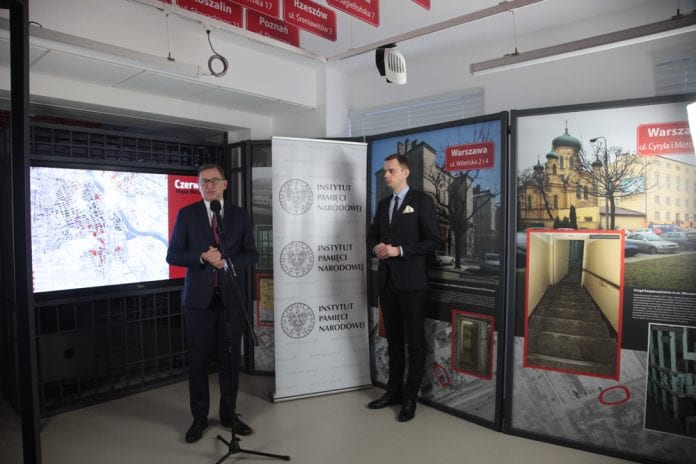


.jpg)


